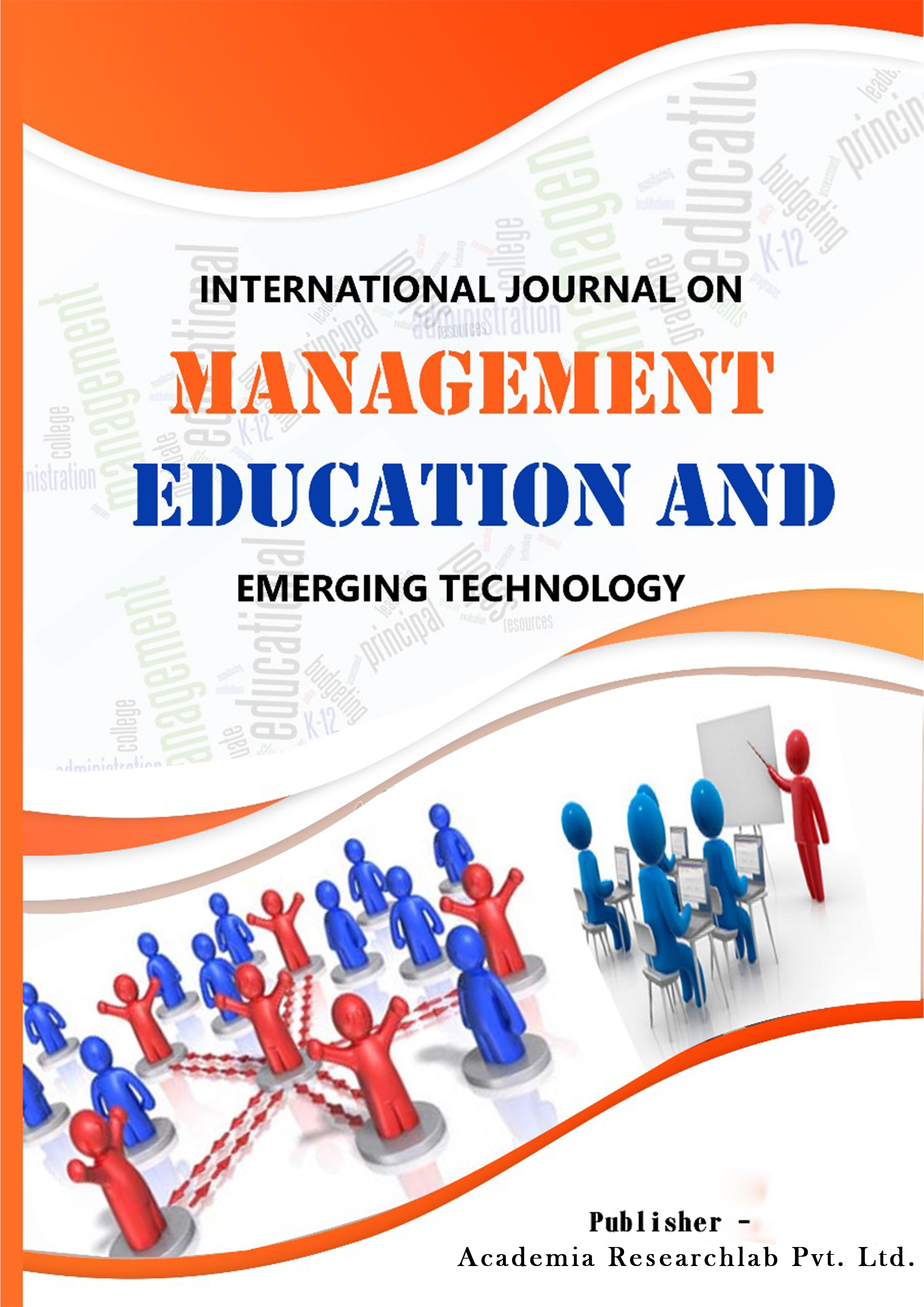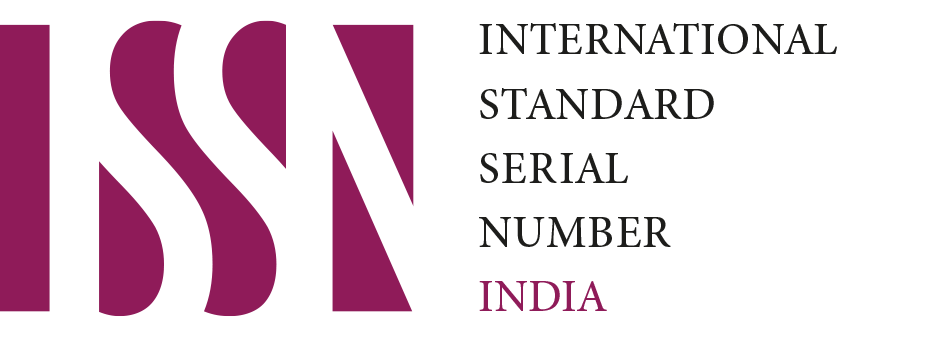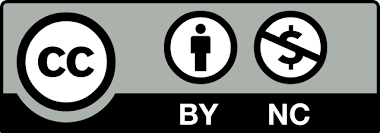The Effects of Socioeconomic Status on the Level of Physical Activity Group Environment of PUP Athletes
Keywords:
socioeconomic status, physical activity group environment, team sports, dual sports, individual sports, quantitative method, high- income class, low- income classAbstract
This research explores the often-overlooked psychological factors influencing athletes’ performance in China’s team sports. While physical attributes are recognized contributors to success, this study focuses on the psychological dimensions that shape athlete performance. The investigation considers emotions, self-talk, self-efficacy, spirituality, goal orientation, and motivation as key variables, acknowledging their relevance to sports contexts. Moreover, the study explores how culture moderates the relationship between these psychological factors and performance, recognizing culture as a critical determinant of behaviour. Drawing from a comprehensive literature review, this research bridges the gap in sports psychology research specific to China and validates existing theories within the country’s unique cultural context. By shedding light on the psychological dynamics that impact athletes’ success, the study contributes to the broader field of sports science, offering insights for optimizing performance in team sports. Despite resource limitations for sports research in China, this study aims to provide valuable insights into the psychological factors that shape athletes’ achievements
References
Cairney, J., Rheanna Bulten, King-Dowling, S., & Arbour-Nicitopoulos, K. P. (2018). A
Longitudinal Study of the Effect of Organized Physical Activity on Free Active Play. 50(9), 1772– 1779. https://doi.org/10.1249/mss.0000000000001633
Gershgoren, L., Basevitch, I., Filho, E., Gershgoren, A., Brill, Y. S., Schinke, R. J., & Tenenbaum,
G. (2016). Expertise in soccer teams: A thematic inquiry into the role of Shared Mental Models within team chemistry. Psychology of Sport and
Exercise, 24, 128–139. https://doi.org/10.1016/j.psychsport.2015.12.002
Houghton, B. (2022, October 16). Chemistry is the key to success in team sports - Loquitur.
Loquitur. https://theloquitur.com/the-relationship-betweenchemistry-and-success-in-team-sports/
Logan, K., Cuff, S., LaBella, C. R., Brooks, M. A., Canty, G., Diamond, A. B., Hennrikus, W., Moffatt, K., Nemeth, B. A., Pengel, K. B., Peterson, A. R., & Stricker, P. R. (2019). Organized Sports for Children, Preadolescents, and Adolescents. Pediatrics, 143(6).
https://doi.org/10.1542/peds.2019-0997
Mertens, N., Boen, F., Steffens, N. K., Haslam, S. A., & Fransen, K. (2021). Will the real leaders
please stand up? The emergence of shared leadership in semiprofessional soccer teams. Journal of Science and Medicine in Sport, 24(3), 281–290. https://doi.org/10.1016/j.jsams.2020.09.007
Additional Files
Published
How to Cite
Issue
Section
License
Copyright (c) 2025 International Journal on Management Education and Emerging Technology(IJMEET)

This work is licensed under a Creative Commons Attribution-NonCommercial-NoDerivatives 4.0 International License.





